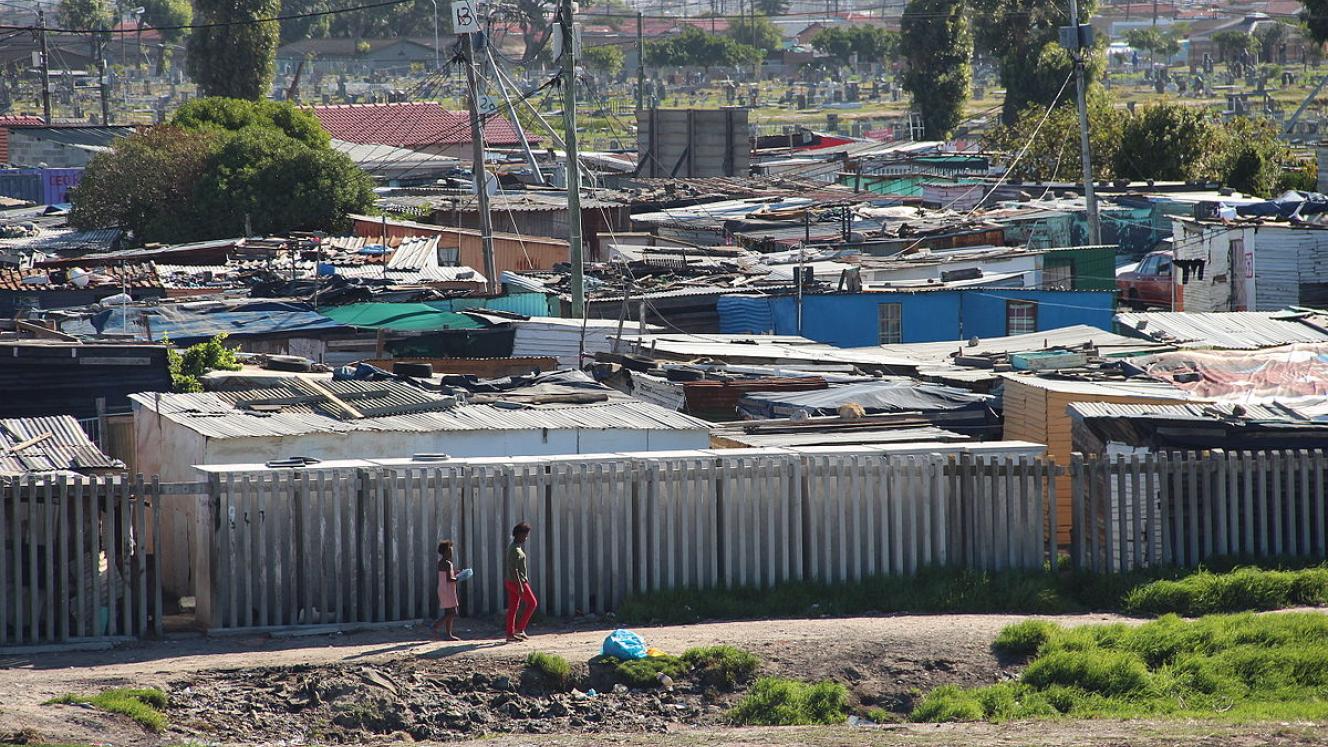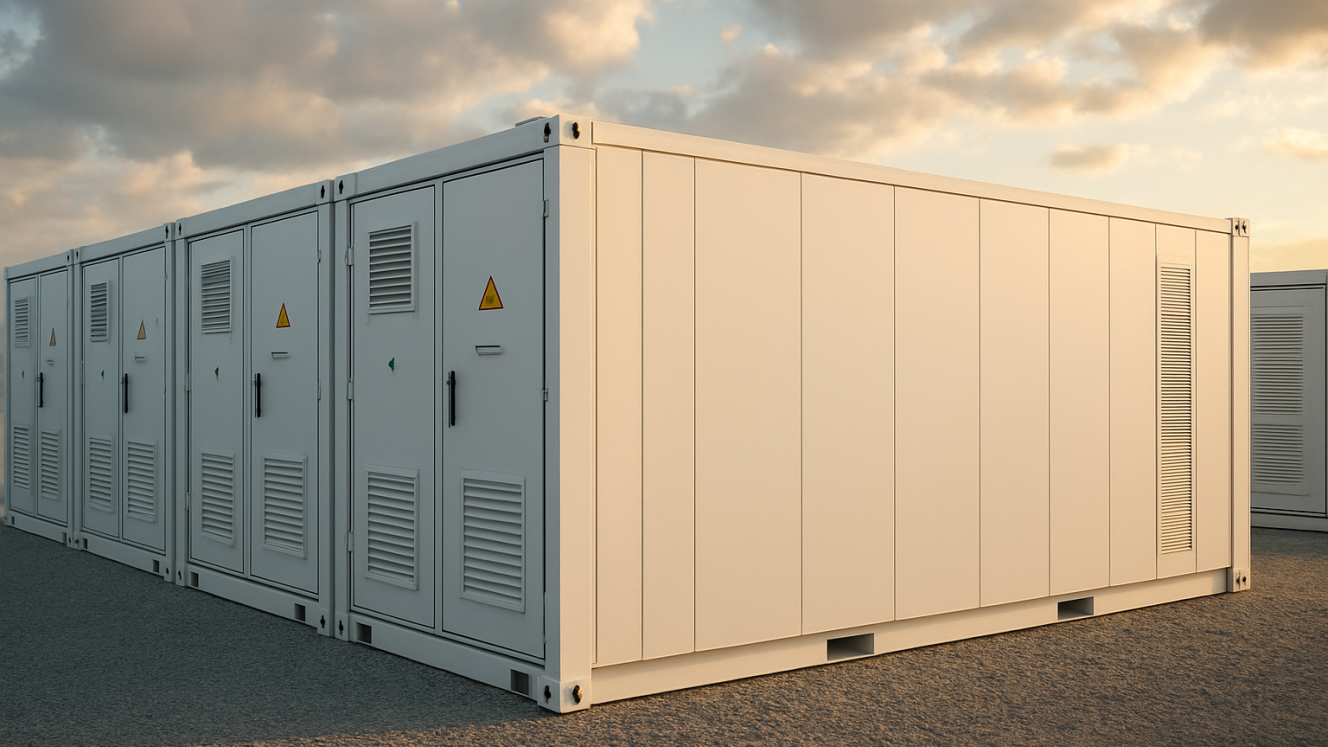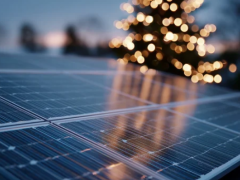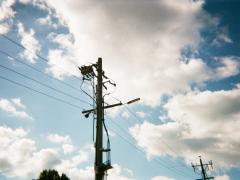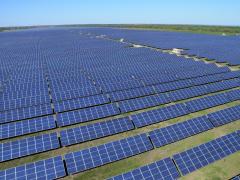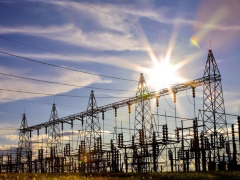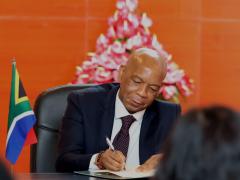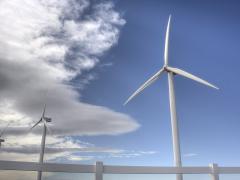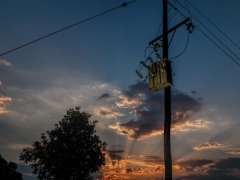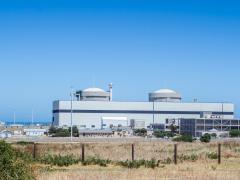About R75 billion will be needed to electrify the remaining 1,6 million South African households still without power – a decisive step towards achieving universal access to electricity by 2030.
This was revealed by Thabo Kekana, Deputy Director-General in the Department of Electricity and Energy, during his presentation to the Portfolio Committee on Electricity and Energy on the Integrated National Electrification Programme (INEP) on October 29. Kekana outlined plans to repurpose and accelerate the 30-year-old programme through a hybrid mix of grid expansion, microgrids and solar home systems (SHS).
Hybrid model to complete South Africa’s electrification journey
Since its inception in 1994, INEP has connected more than 8,4 million households, raising electricity access from 58,1% in 1996 to 94,7% today. Over this period, the state has invested R110 billion, transforming INEP into one of Africa’s most extensive public infrastructure initiatives.
However, if illegal and unmetered connections are included, the number of unelectrified households could reach as many as three million, Kekana said. Persistent challenges – including municipal capacity constraints, vandalism, illegal connections, procurement delays and budget cuts – have slowed progress.
“These challenges warranted a fundamental review of the INEP model,” he told the committee. The repurposed programme introduces a hybrid electrification approach combining grid expansion with decentralised technologies, particularly suited to sparsely populated and remote areas.
Funding constraints threaten 2030 target
To fast-track implementation, the Department of Electricity and Energy is establishing a Project Management Office (PMO) in partnership with the Development Bank of Southern Africa (DBSA), supported by the South African National Energy Development Institute (SANEDI) as technical advisor. The PMO will coordinate planning, financing and implementation across Eskom, municipalities and private contractors to accelerate rollout and strengthen accountability.
According to Karen Surridge, SANEDI’s Centre Manager: Renewable Energy Centre of Research and Development, the PMO will be a key enabler. “A detailed execution plan must follow,” she said, “addressing risk management, mitigation measures, stakeholder engagement and community communication”. The action plan proposes innovative funding models to attract investment, potentially through public-private partnerships, development finance and the Just Energy Transition Investment Plan.
Over the past five years, INEP has achieved 837 000 household connections, falling short of its 917 000 target and spending R19,8 billion of an allocated R24,7 billion. To meet the 2030 goal, the pace will need to double to at least 300 000 connections per year compared to the current average of 167 000.
Declining INEP allocations from National Treasury have constrained progress. Over the past three years, funding has averaged R4 billion – down from R6 billion previously. “This financial year, the allocation stands at R3,9 billion – a clear downward trend that negatively affects our drive to connect more households,” Kekana said. Of this, R247 million is earmarked for SHS.
Lighting the margins
More than 200 000 households already rely on non-grid technologies with 18 000 indigent households benefiting from SHS installations in 2024/25. Each 150 W system provides lighting, phone charging and radio use, offering what Kekana described as “a right to dignity, inclusion and opportunity” for communities long left behind.
Kekana said the funding framework for the repurposed INEP remains under development and will be finalised in partnership with the DBSA. “Once the DBSA is formally on board and a contractual agreement is in place, we’ll be able to outline how best to raise the R75 billion required to close the electrification backlog,” he said.
